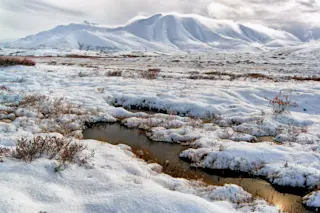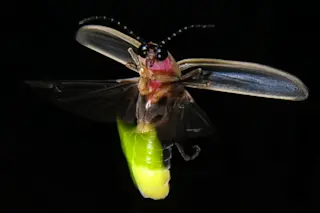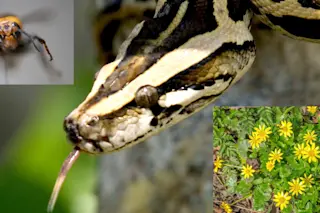September 17, 1492. The crew was restive, their 94-foot caravel Niña becalmed in strange waters. Christopher Columbus, perhaps the first person to describe this place, wrote in his log that the sailors "saw much weed and very often, and it was vegetation from rocks and it came from a westerly direction; they judged themselves to be near land." But the crew's soundings touched no bottom; they were far from shore. We now know the weed as sargassum. It lives nearly all its life in the Sargasso Sea.
A week later the Niña, the Pinta, and the Santa Maria were still drifting aimlessly. Columbus wrote: "Since the sea had been calm and smooth the men complained, saying that since in that region there were no rough seas, it would never blow for a return to Spain. But later the sea rose high and without wind, which astonished them. . . . ...














